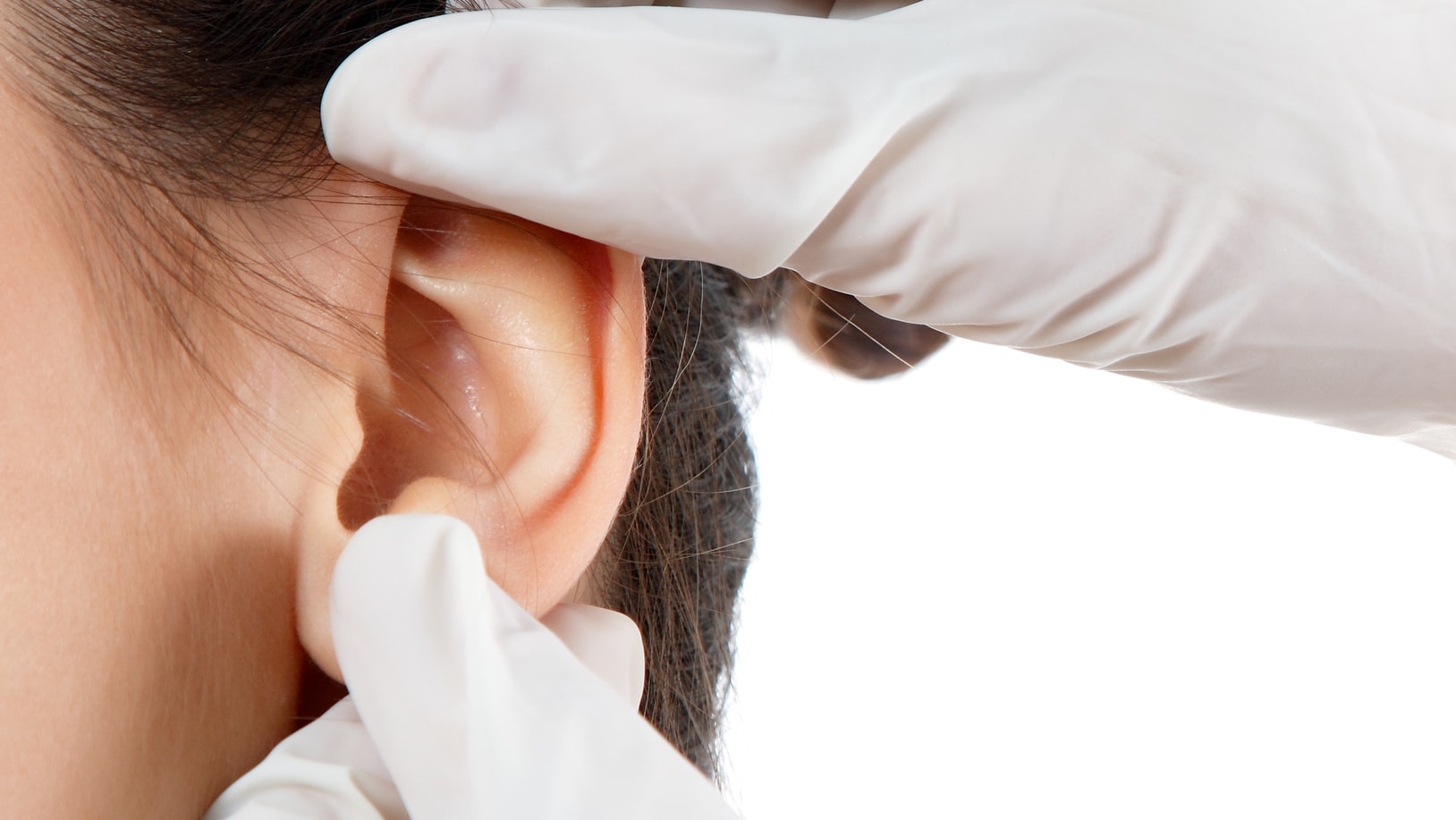
The extent of an otoplasty procedure also known as cosmetic ear surgery, depends on the problem with the ear. There are specific measurements used to determine a normal or average ear. People that fall outside the normal range notice differences in their ear compared to the general population. They may get teased because of their prominent ears or other congenital ear deformities. This may prompt them to seek advice or correction.
If an ear deformity is caught as early as the first day of life, and up to the first six months of life, the ear can be molded into position without surgery in many cases. Ear deformities may include prominent or misshapen ears.
During the first six months of life, there is maternal estrogen that circulates in the baby’s bloodstream. This circulating maternal estrogen allows cartilage to be easily molded. Doctors use certain molding techniques to shape the ear without any surgical intervention.
After six months of life, surgical intervention is required to fix an ear deformity. This is done around six years of life or older. The reason for this is to prevent further growth after surgery which could alter the final outcome. Surgeons typically wait until the age of five or six to do a surgical intervention.
Otoplasty can mean many different things. When doctors do an otoplasty, they frequently do a conchal alteration. There are several forms of conchal alteration.
With an otoplasty, doctors and patients generally want the anatomy of the ear to fit certain criteria. The concha-scapho, or scapho-conchal angle, should be a less than 180-degree angle. When that angle is 180 degrees, it lacks a concha-scapho angle and therefore the anatomy is abnormal. This is frequently what makes the ear prominent or what causes it to stick out. Otoplasty recreates the concha-stapho angle. A very deep or misshapen conchal bowl can also lead to an abnormal ear shape.
Surgery can alter the conchal bowl by placing concho-mastoid sutures to reduce the prominence of the conchal cartilage. Reduction of this cartilage is another method to reduce the depth of the conchal bowl. Both of these techniques may be used simultaneously. They may be components of an otoplasty. An otoplasty may not involve alterations of the concha and may only need to address the concha-stapho angle. Frequently, in this case concha-stapho sutures placed. These sutures recreate the angle between the stapho and conchal cartilage. This reduces the 180 degree angle to a tighter angle there by decreasing the prominence of the ear.
Doctors determine how best to help a patient on a case-by-case basis. This depends on the anatomy of the patient. A prominent and/or deep conchal bowl along with an obtuse concho-scaphal angle may be reasons for patients to have surgical intervention. The placement of concha-stapho sutures is very common and less frequently the reduction of the conchal bowl is required. Many times they have both conditions so doctors must repair both irregularities.
There is always some level of limitation in correcting or making adjustments to the concha. Doctors can usually achieve what they need to surgically as long as they are working on a straightforward prominent ear and not a severe congenital abnormality, which may require more work or staged procedures. Surgical interventions may take place at any age after five to six years old. It can be done at any age to get an outcome that is acceptable.
Any surgery carries surgical risks. The risk of scarring is possible but usually well concealed with otoplasty. Scarring is usually behind the ear and not readily visible. There is certainly the risk of infection in any surgery. There is also a risk of scarring although scarring is usually well concealed with otoplasty or ear abnormalities. The scarring is normally behind the ear or the cartilage itself.
Scar contracture can create distortion of the outcome, however this is not common. The sutures that were placed during the otoplasty could break or loosen changing the outcome of the surgery. Weak cartilage, improperly placed sutures, or sutures that dissolve prematurely may lead to these problems. Permanent sutures are usually used for these operations.
There are also techniques that are suture-less. For instance in the United Kingdom, many otoplasties are performed by scouring the cartilage and folding it backwards and not suturing the cartilage at all.
Most surgeries take six weeks for complete recovery. Within the first week, the patient is usually feeling much better and a significant amount of the swelling diminishes by two weeks. The recovery is similar with all the above mentioned techniques. The amount of swelling may vary based on what work needs to be done and in how many areas.
For a typical otoplasty or conchal reduction, it is a one-time operation and the results are immediate.
When the patient leaves the operating room, the results are already obvious to the surgeon however, dressings that are placed will conceal the results from the patient until the appropriate time of removal of dressings at the post-operative visit.
Relapse to the original shape is possible especially in the case of weak cartilage or if the patient accidentally traumatizes the repair. It is possible to redo the procedure if this occurs.
Otoplasty and conchal alteration are straightforward operations. The patient satisfaction rate is very high. The technique used to correct the problem with the ear is determined on a case by case basis. Patients should schedule a consultation appointment with an experienced doctor in order to have the ear examined. Once the doctor determines what is wrong with the ear and how best to repair it, the surgery can be scheduled for the patient.
Written by Cosmetic Town Editorial Team- MA
Based on an exclusive interview with Drew Schnitt, MD in Miami, FL